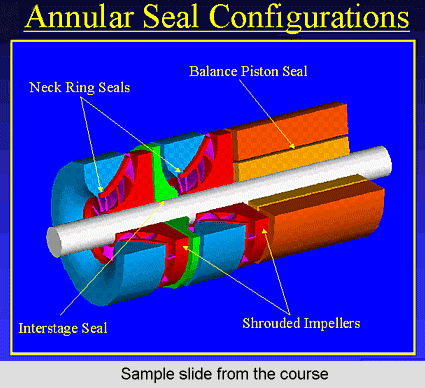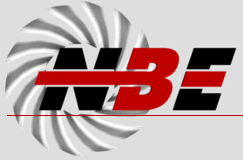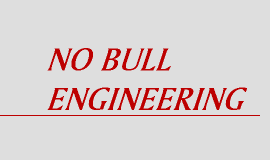LATERAL ROTORDYNAMICS OF PUMPS

This is a description of a short course that our president and chief engineer, Mark A. Corbo, P.E., teaches at the client’s site. Depending on the amount of audience interaction that takes place, the short course lasts for about 3 ˝ to 4 ˝ hours. Since it is largely based on our tutorial paper, “Pump Rotordynamics Made Simple,” the short course can be approximately divided into two equal halves. The first half is a general primer on the fundamentals of lateral rotordynamics which applies to all types of rotating equipment. The second half then focuses on the factors that make the rotordynamic behavior of pumps a much more complex and misunderstood phenomenon than that of other forms of turbomachinery. The two halves are then combined to form a comprehensive analytical procedure that can be used in the evaluation of any type of pump.
An approximate agenda for the short course is as follows:
- Fundamentals of Lateral Rotordynamics
- General Description of Whirling Phenomenon (Jeffcott Rotor) and Resonance
- Preparation of Lumped Parameter Rotordynamic Models
- Parameters that Influence Rotordynamic Behavior
- Undamped Natural Frequency Analysis
- Generation of Critical Speed Maps
- Information that can be Gleaned from Critical Speed Maps
- Methods for Checking Computer Results by Hand
- Unbalance Response Analysis
- Rotor-Bearing Instability
- Damped Natural Frequency/Stability Analysis
- Rotordynamic Idiosynchrasies of Pumps
- Differences Between Wet and Dry Critical Speeds
- Lomakin Effect in Annular Seals
- Annular Seal Rotordynamic Coefficients
- Annular Seal Instability
- General Behavior of Different Annular Seal Types
- Impeller Rotordynamic Coefficients
- Liquid Immersion Effects
- Hydraulic Unbalance
- Multi-Level Modelling
- Overall Analysis Procedure
- Step-By-Step Procedure
- Parameter Sensitivity Studies
Some of the benefits a client’s personnel receive from taking this short course include the following:
1. A greater familiarity with pump lateral rotordynamics which would allow them to communicate more effectively with experts in the field.
2. A better understanding of the meaning and validity of rotordynamic results obtained from consultants and/or in-house rotordynamic codes.
3. A better understanding of the rotordynamic causes of common pump problems which would assist them when trying to troubleshoot field and test-stand problems.
4. A better feel for which pump components play an important role in rotordynamic behavior and which ones have little impact. This would be valuable when evaluating potential design changes.
5. An appreciation that rotordynamic analysis can be performed in a practical and timely manner and does not require a "research project."
6. An appreciation for the large role that rotordynamic behavior plays in the reliability of pumps and for the importance of evaluating that behavior in the design stage.
7. Guidelines and rules-of-thumb that can be used in the design stage to minimize your pumps’ susceptibility to rotordynamic problems.
The short course is presented using multi-color 35 mm slides or Power Point presentation software. Each employee the client sends to the short course receives a complimentary copy of the paper, "Pump Rotordynamics Made Simple." Additionally, Mr. Corbo would bring along hard copies of all of the slides used in the short course. The client is free to make individual copies for as many course attendees as are desired.
BACK
| Home | Why Hire Us? | Services | Principals & Staff | Clients |
| Technical Papers | Short Courses | News Items | Contact Us |





